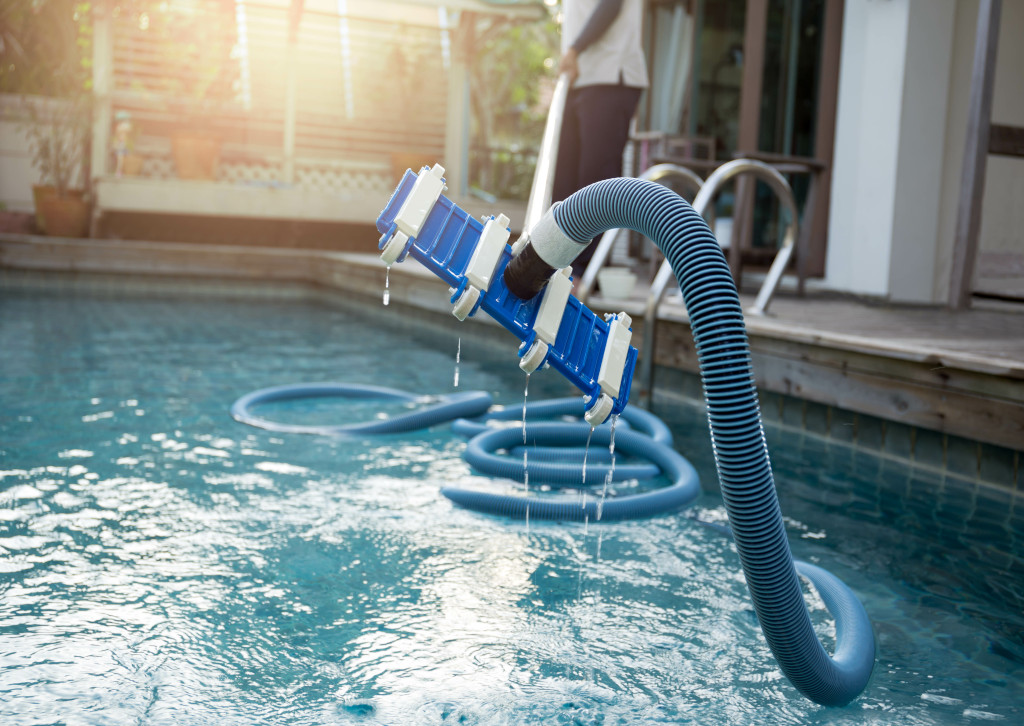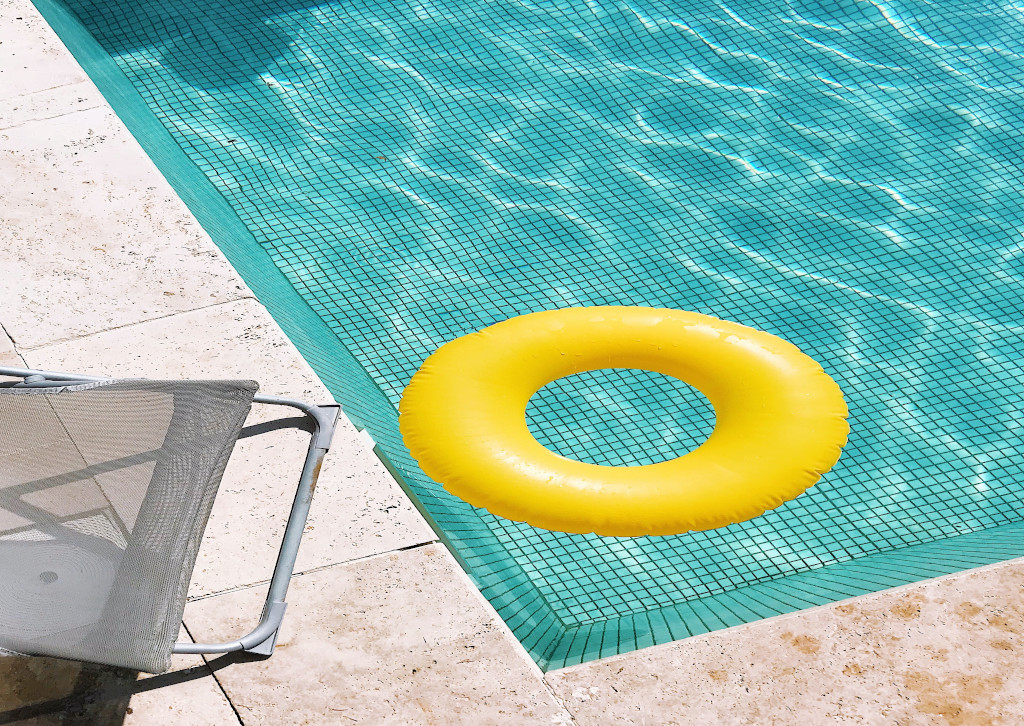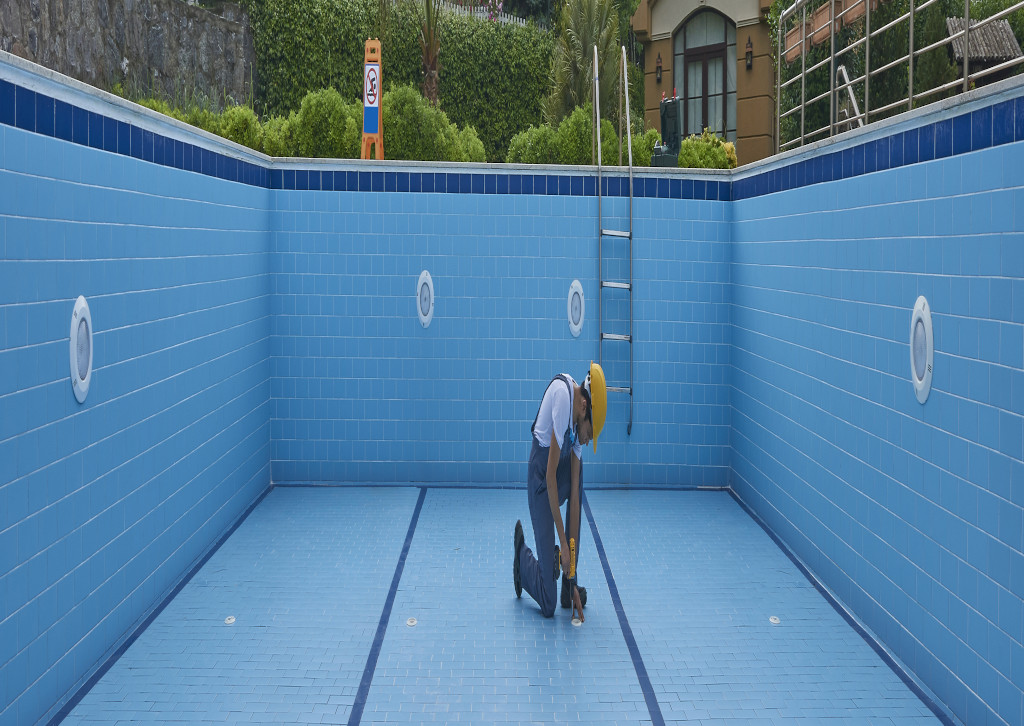
Today’s modern building codes may have many homes on property boundaries with either no setbacks or limited setbacks; it means that the full-length access on one or both sides of a property is now a thing of the past. When building a pool, we will sometimes have as little as 32” or doorway width to access a backyard and thus make a pool through.
It is essential to consider the access widths for the pool excavation, so the cost of works is inversely proportional to the size of the equipment used. Regardless of the limitations, expectations, and possibly restrictions in each case of a pool construction project when requesting any required approvals, there are also considerations about the spacing of your property lines and how it may affect your neighbors. The cost of using larger equipment for excavation may be less.
We always say that there is space for a swimming pool and can undertake all other aspects of a pool’s construction through standard doorway access.
We hire tight-access pool excavation equipment (hand dig pools in cases where even the smallest machines can’t get access), which efficiently removes all excavated materials from the site. We can build your pool if you have a doorway-sized opening to access the proposed construction area.
Excavation Access to the Pool Site
Some properties require clearance between the furthest edge of the house or structure and the fence in urban neighborhoods. Or, the home is on an open plot of land, where access to the pool could be from any direction.
However, it requires a minimum of eight feet for normal-sized equipment to access a property and get the job done fast. Keep in mind that the excavation process is as important as the shape of the finished product.
Unearthed Discoveries
We recommend that the distance between the house and the fence be approximately eight feet for access to the site. If not, then we get smaller machines that are available. Keep in mind that it takes a bit longer to complete excavation.
With our 20+ years’ experience, we can tell that we find many objects, including sprinkler systems, sewer pipes, rocks, tree stumps, buried old swimming pools and even burn piles. We recommend getting information and learning more about the history of the property, if possible, as finding any of these during the excavation process will increase the cost for your pool.
If you want an in-ground swimming pool, we recommend a few helpful hints that will help you with excavation aspects of swimming pool construction:
Distance – measure the distance between both sides of the house and your fence to ensure it is there, at least eight feet. If not, you need to speak with a pool builder and your neighbor to see other potential options.Restrictions – if you have an HOA or are under deed restrictions, ensure that you can access construction equipment on your property. We have experience and knowledge with all local building codes and most neighborhood associations in Houston and Beaumont, so feel free to ask.Sprinkler Pipe Network – check the location of your sprinkler pipe network if possible; however, we can assist you with that. Expect some damage to a sprinkler system when digging a hole for your pool; it may be that the direction of the pipes could be unknown or listed incorrectly.Trees – check if there are any trees in the area where you want your swimming pool. Depending on the pool design, ensure that they don’t end too close to the oasis; later, it can be a problem.
Remember that our staff at Platinum Pools is ready to assist you from the design to the finishing project and pool school. Call us today for an appointment or visit our website for a free quote.
The post Getting Access to Excavate a Swimming Pool appeared first on Platinum Pools.




